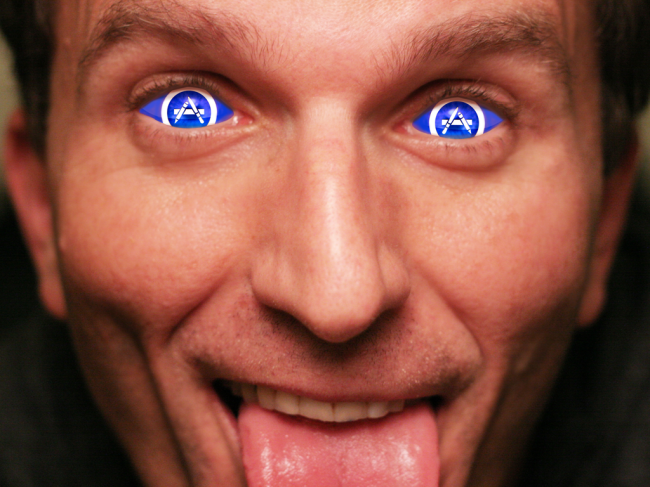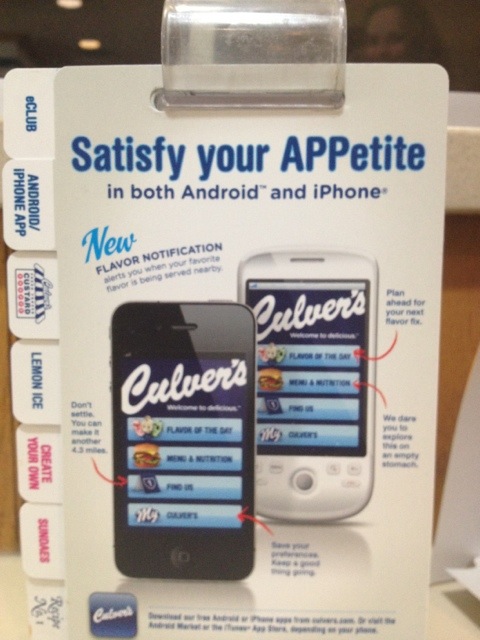On Strategy
Kristofer Layon wrote a wonderful post called Why content strategy is always more important than web and mobile strategies, which reminds us that sometimes the best strategies don’t necessary involve mobile, apps, social channels, or even the web.
This is an important point to make as the sheer number of available channels grows like weeds. Web. iPhone apps. Android Apps. Facebook. Twitter. Pinterest. Email. Text marketing. WP7 apps (hey, who the hell knows?). The. List. Goes. On.
Just because something exists doesn’t mean we need to act on it. Louis CK says it better:
I can’t count the number of times someone’s asked me “Hey, how long would it take to make a mobile site for XYZ?” The answer they get from me is never the simple integer they’re looking for.
Always ask “Why?”. What’s this project about? Who’s it for? What’s in it for the users? Why a website? Why an app? Why do anything at all? We designers, developers, programmers or whatever are the ones in the thick of it. We often know way more about what these technologies can do and what they’re good and bad at. It’s up us to challenge top-down, buzzword-riddled, reactionary decisions and ask questions. It’s how you prevent stupid shit from getting made.
I’m not saying you can’t gain anything from exploring all this new stuff. But if you’re distracting yourself from what really matters then you should reconsider your strategy. There’s lots more stuff out there, but the amount of time to address it all doesn’t change. So take a step back and focus on what really matters.


3 Comments
karl
I totally agree on the points made in this post. I think one of the reasons that those things are being made (for example the food-chain app you mentioned) is that most agencies’ and dev shops’ business model is to sell production capacity. Their job is to convince clients “yes, you’re right, you do need an app, and we are the right people to build it”, so they can fill up hours and bill their clients.
The informed decisions then has to be made by the clients themselves. I think you’re doing a great job of educating those decision-makers on your blog.
Jason Pamental
Great post and references. While I usually refer to the ‘why’ part of the process as ‘web strategy’ (meaning the nexus between design, technology and the client’s organization, focused on how the former two can be leveraged to help the latter truly innovate) – the most important part is truly understanding (and ASKING) ‘why’. We (designers, developers, interactive shops as a whole) too often just respond to the brief rather than take the time to study the (potential) client and figure out if the brief itself is even asking the right questions. Thanks for provoking the thoughts!
Roger Black
Great point about putting strategy above the “weeds.” Clients try to put a chip on every square but they forget the cost of updates—and the disruption for users. For example, there’s a new iPad Wednesday, and iOS6 is inevitable.
How much easier it would be if we would just use the web for our online content strategy. New adaptive sites might not be backwardly compatible with old browsers. (IE7 anyone?) But at least with Treesaver, we don’t see “bugs” on new browsers (like Silk).
Comments are closed for this post. If you've got something to add, feel free to reach out on Twitter.